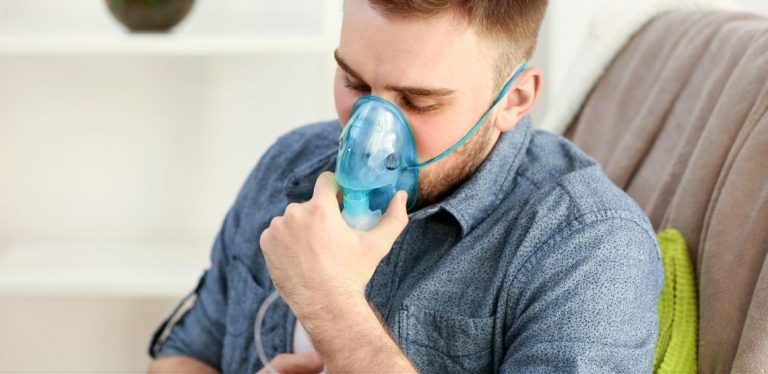Breathless and Beyond
Understanding the signs of ILD early can help you seek treatment and improve your quality of life.
Signs of Interstitial Lung Disease (ILD)
1. Shortness of Breath
One of the first signs of ILD is feeling short of breath, especially during everyday activities like walking or climbing stairs. At first, you might notice this only during exercise, but as ILD progresses, breathing may feel difficult even when resting.
2. Dry, Persistent Cough
Many people with ILD have a dry cough that doesn’t go away. This cough is usually not from a cold or other infection. Instead, it happens because of the lung scarring and inflammation.
3. Fatigue and Weakness
As ILD limits the amount of oxygen in your blood, you may start to feel tired more often. You may feel weak even if you’re not doing any physical activity. This fatigue can impact your ability to perform daily tasks and lower your energy.
4. Chest Discomfort or Pain
People with ILD sometimes feel discomfort or mild pain in their chest. This could feel like tightness or a heavy sensation, especially when breathing deeply.
5. Clubbing of Fingers and Toes
Clubbing is when the tips of your fingers or toes become rounder and wider. It’s a common sign in people with lung diseases, including ILD. Clubbing happens because of low oxygen levels in the blood over a long period.
6. Weight Loss
Some people with ILD may notice unplanned weight loss. This could happen because of loss of appetite or the body working harder to breathe, which can use up extra energy.
7. Frequent Lung Infections
If you have ILD, you might experience lung infections more often than usual. The inflammation and scarring in your lungs can make you more vulnerable to infections, which can make breathing even more challenging.
Treatments for Interstitial Lung Disease
Although there is no cure for ILD, several treatments can help manage the symptoms, reduce lung scarring and improve breathing.
- Medications: Certain medications can help reduce inflammation and slow down the scarring process. For example, corticosteroids and immunosuppressive drugs are commonly used.
- Oxygen therapy: Some people with ILD need supplemental oxygen to help them breathe easier. Oxygen therapy can help maintain oxygen levels and make daily activities more comfortable.
- Pulmonary rehabilitation: This program includes exercises, breathing techniques and education on managing ILD. Pulmonary rehabilitation can improve your ability to stay active and manage symptoms.
- Lifestyle changes: Making some lifestyle changes can also be beneficial. Avoiding smoking and limiting exposure to lung irritants, such as dust or strong fumes, can help protect your lungs.
- Lung transplant: In severe cases, a lung transplant may be considered. This option is usually for people with advanced ILD who do not respond to other treatments.
If you think you may have symptoms of ILD, it’s essential to see a doctor. Early diagnosis and treatment can help manage the disease, allowing you to maintain a better quality of life.
Learn more about the signs of ITP.
